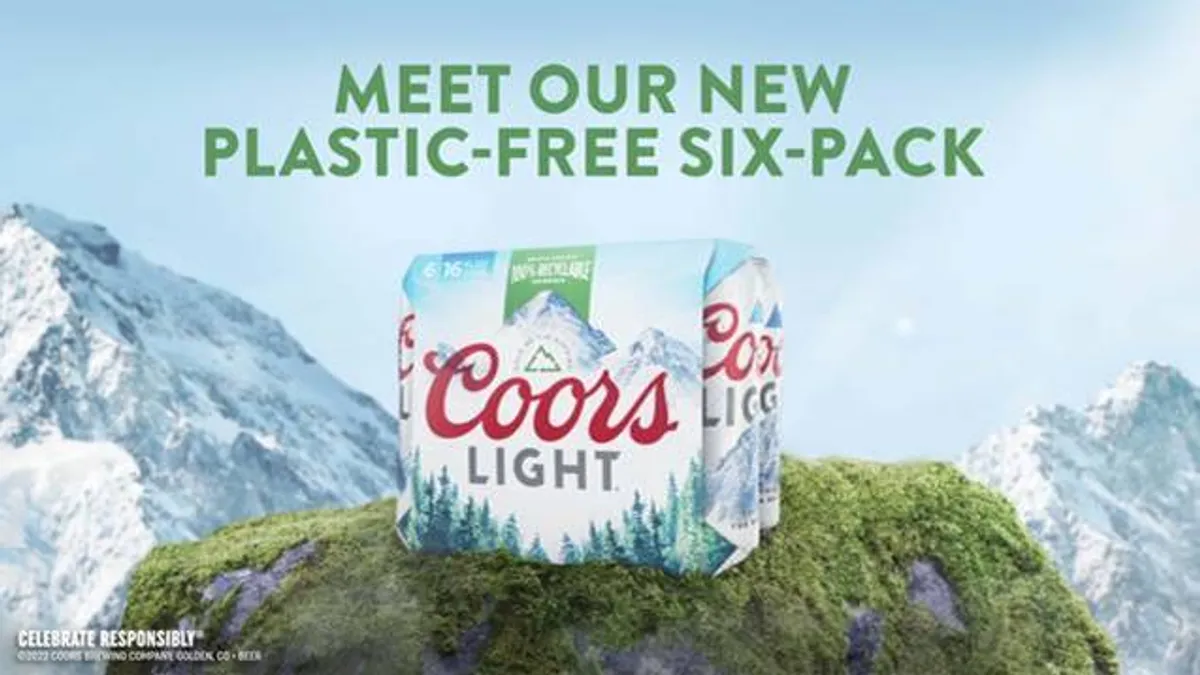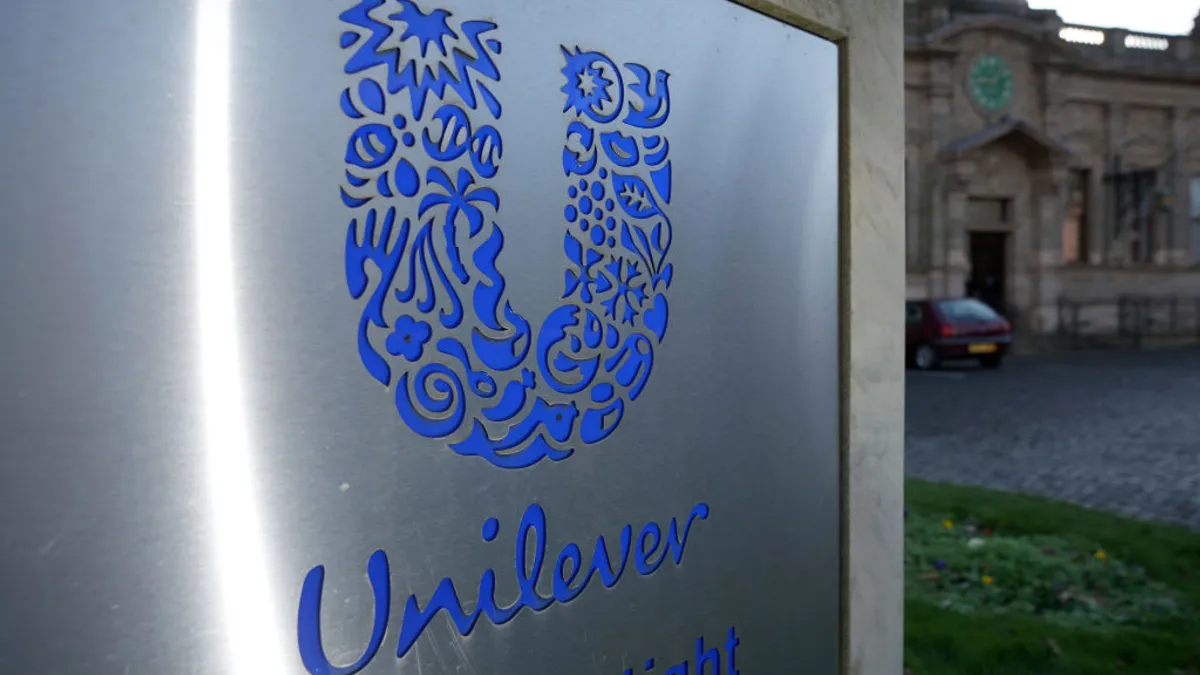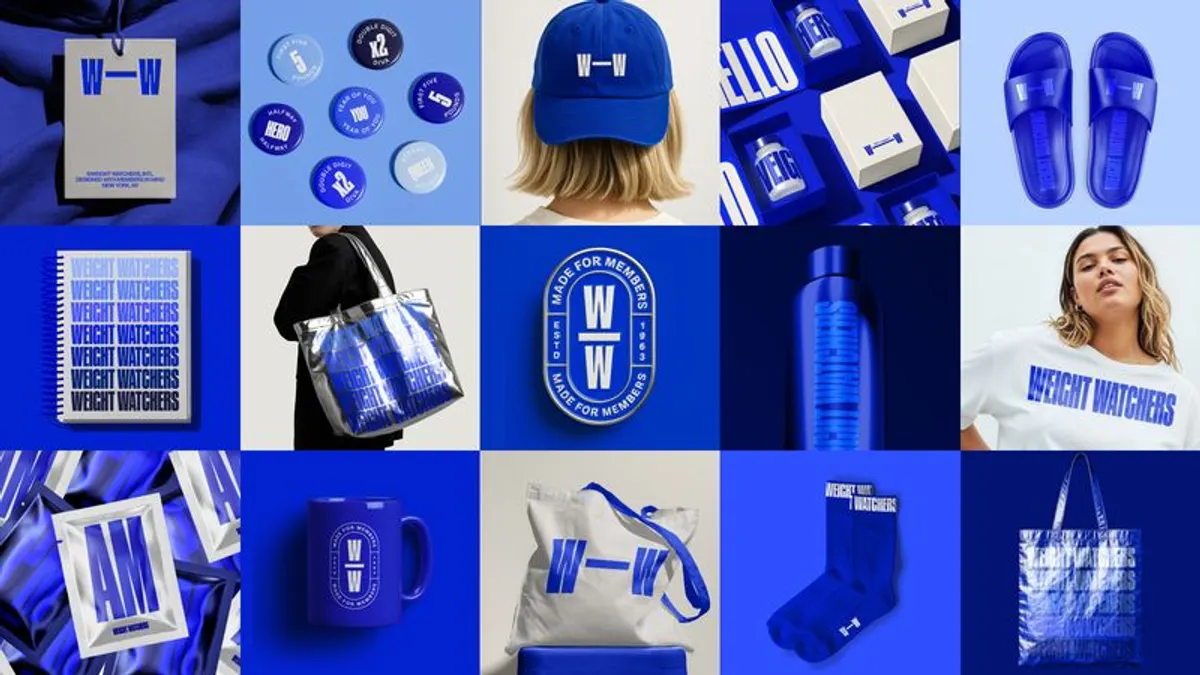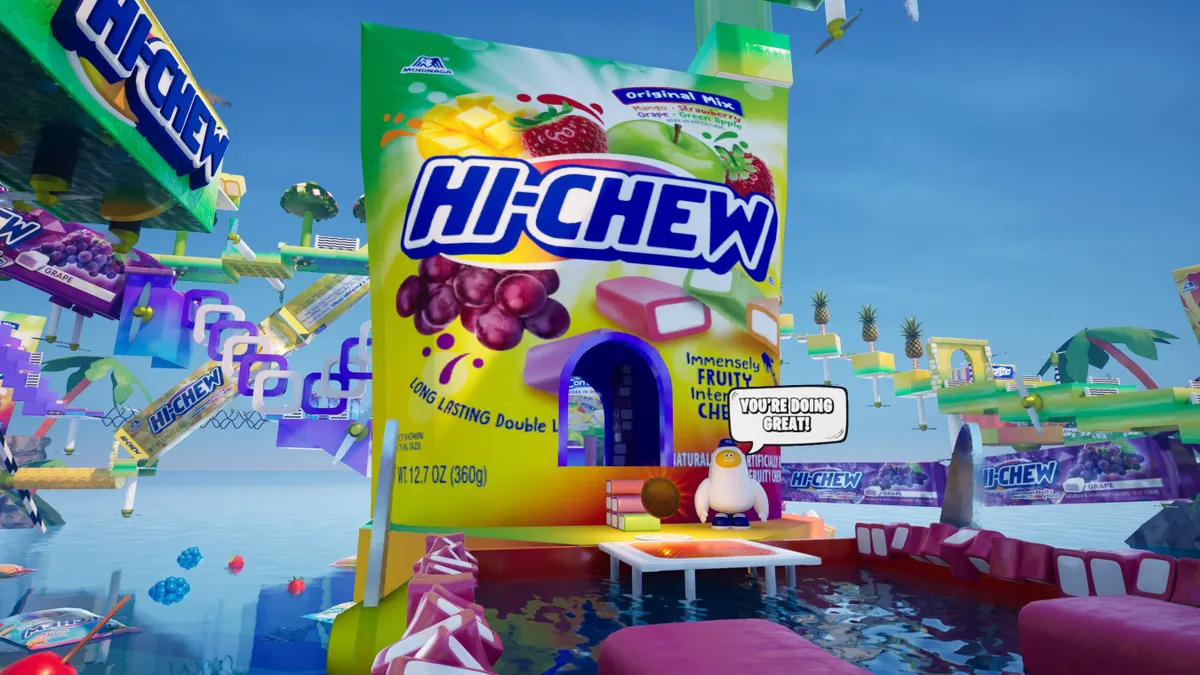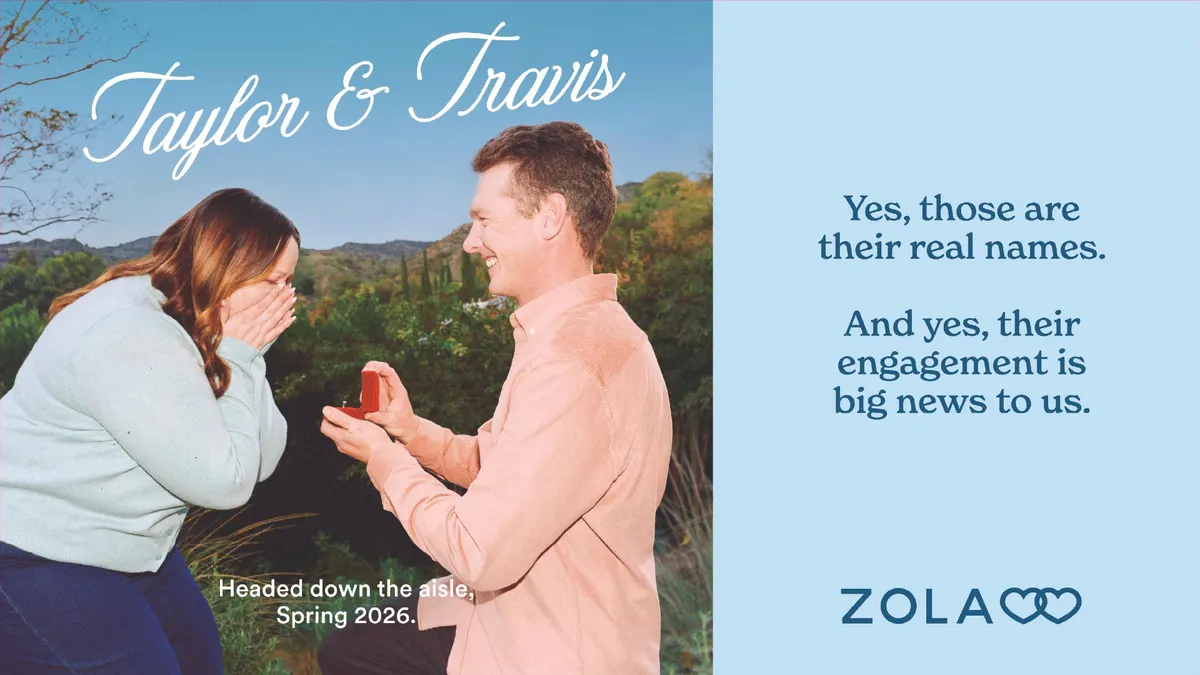Corona and Coors Light are two very different beer brands. One positions itself as a premium offering while the other prides itself on being a budget product. One originates in Mexico while the other is brewed domestically. However, there’s one thing both these brands have in common: sustainability marketing programs.
As climate change becomes a growing concern for consumers, sustainability has become a priority for advertisers. Corona and Coors Light have each managed to launch sustainability campaigns in their own way that remain true to the brand, while positioning themselves for a new generation of consumers. For Corona, key to the success of these efforts is the ability to make a strong business case for building marketing around sustainability.
“The only way for me to be able to sustain this, beyond my personal belief, is if I can prove to the business that sustainability is a better business than any other business. It's not a part of the business. It is the business,” said Felipe Ambra, global vice president of Corona, owned by Anheuser-Busch InBev (AB InBev). The executive reports that on multiple occasions, he has been able to prove that environmental-based marketing campaigns return equal or greater brand equity and sales results than a traditional, product-centered campaign.
For Coors Light, owned by Molson Coors, revamping its already popular “Made to Chill” campaign proved to be the ticket to making an impact with sustainability. Corona, which is owned internationally by AB InBev and in the United States by Constellation Brands, took a different approach. The AB InBev owned arm of the business has launched a series of plastic-elimination initiatives over the course of several years, culminating in the opening of Corona Island, an island resort free of single-use plastic that will welcome its first guests in 2023.
Keeping it real
As Gen Z consumers reach an age when they can drink, alcohol brands have been quick to cater to them.
References to “going green” and “carbon offsetting” are especially important for reaching this elusive younger consumer, with nearly 73% of Gen Z consumers saying they are willing to spend more for a sustainable product. By 2030, this generation will make up 27% of the world's income and surpass the income earnings of millennials a year later. That much buying power cannot be ignored.
Environmental advertising could be one way to cater to this generation. However, there are challenges. Another thing Gen Z values besides the environment is authenticity. Greenwashing is quick to be called out, and such campaigns can backfire.
Forty-one percent of consumers said they boycott brands they see as exploiting public sentiment, according to Augie Ray, vice president analyst at Gartner for Marketers. For this reason, it’s important that brands have sustainable products and practices before advertising them, he noted.
“In general, our research suggests that consumers perceive most brand social justice action as being more about making the brand look good than about making a real difference,” said Ray.
However, even well thought-out environmental efforts can be met with backlash. Earlier this year, Unilever CEO Alan Jope was criticized by a major investor for allegedly putting a focus on sustainability over profits.
Both Coors Light and Corona made an effort to integrate sustainability into production prior to advertising. Coors Light has committed itself to phasing out the use of plastic rings by the end of 2025, dedicating $85 million to the push. As the phasing out of plastic rings requires a complete equipment overhaul, this won’t be limited to just Coors Light, but all brands Molson Coors distributes in North America, including Blue Moon and Miller Lite.
Corona has taken a similar approach, slowly phasing out plastic from production. In 2021, it became the first global beverage brand to have a net zero plastic footprint.
“[Sustainability advertising] cannot be a one off. It cannot be greenwashed. So, if you are going to go down that journey, it's a commitment and the commitment needs to be authentic, needs to be continuous,” said Ambra. “It needs to be consistent, and then you start to get credibility from consumers.”
Keep it personal
One hallmark of a good environmental campaign is the ability to seamlessly connect the initiative back to brand purpose. AB InBev’s Corona has focused on beach cleanups and clearing plastic from the ocean as the beach is a key component of its brand identity. For Coors, it revamped a popular campaign for a new consumer.
Coors’ 2019 “Made to Chill” campaign focused on relaxation. Spots would regularly show people cracking open a Coors Light after a long day at work. “Chill” has always been integral to brand identity. Coors Light is meant to be drunk chilled, the brewer going so far as to design special packaging that changes once the beer is cold enough. The laid-back brand image has long made use of the popular meaning of the term “chill,” to be relaxed, in its advertising. More recently, the definition has expanded to also mean chilling the planet.
One example is “chillboards,” a recent extension of the “Made to Chill” campaign that saw Coors Light advertisements painted onto black rooftops in Miami, Florida using reflective white paint as a way to help cool the temperature of homes. The coating absorbs up to 85% of sunlight and can lower the temperature of roofs by up to 50 degrees, which can help save energy costs, according to the brand.
The chillboards are notable for having a direct, visible impact on a community. No lofty, abstract promises about carbon offsetting or a shrinking footprint were made.
“As we looked to evolve the brand and to reposition the brand, mostly to attract new, young drinkers, we felt like there was a need for a stronger emotional connection, but we wanted that emotional connection to be consistent with everything that had built the legacy of Coors Light,” said Marcelo Pascoa, vice president of marketing for Coors Light.
Emotional connection has proven to be highly effective for both Coors Light and Corona, which has sought to connect with consumers around sustainability through beach cleanups.
“A beach cleanup... is an action of cleaning up not the beach, it is cleaning up people's minds,” said Ambra. According to the executive, beach cleanups don’t solve the ocean plastic problem. In fact, most beaches only stay clean for a few days after. But, this helps make consumers recognize the magnitude of the issue.
Focusing on small, localized initiatives like beach cleanups or chillboards can also help reduce the risk of a brand seeming tone deaf, or greenwashing. Often there is an impulse on the part of companies to rush things and respond to big national issues quickly, according to experts. It’s easy to see why. A 2022 Gartner study found that 48% of consumers surveyed believed brands must address social issues, regardless of impact on profits.
However, if a response comes before internal change, this can seem reactionary or exploitative. One such example is Pepsi’s now infamous ad showing Kendall Jenner using a can of the soft drink to address police brutality.
“I think that brands need to pay attention to [consumer demands]. And not even pay attention, but truly start to change their infrastructure and how they build their relationships internally and with their consumers,” said Juliette Geraghty, executive creative director at Eleven, Inc.
Ultimately, a personal connection is what makes a good environmental campaign because it is going to help win over consumers who feel connected to the cause. That’s one reason why chillboards worked so well.
“I thought [chillboards] was a thoughtful pivot away from a campaign that was very aspirational and unattainable to one that was very relatable,” said Chris Plating, the chief strategy officer at EP+Co, about Coors Light’s “Made to Chill” campaign. “And I think they've continually done a great job of being thoughtful.”
Staying grounded
There are reasons to believe a successful, well thought out environmental campaign can deliver returns. Outside of general consumer enthusiasm and visibility, sustainability can be cheaper in the long run. Reducing the use of natural resources lowers costs, and there are often government incentives associated with switching to sustainability energy sources.
Sustainability has proven its value for Corona, said Ambra.
Research suggests other marketers are finding similar results. Between 2013 and 2018, products marked as sustainable grew 5.6 times faster than those that were not. This was especially true when it came to CPGs, where products in 90% of CPG categories grew faster if they were marketed as sustainable.
“Whether or not it impacts consumer behavior, sustainability is here to stay,” said Gartner’s Ray. “Companies must seek sustainable practices for many different reasons, from cost effectiveness, to regulatory, to reputation, to culture. And yes, sustainability can affect consumer preference.”
Successful green advertising comes down to starting a conversation with consumers. Even a small local campaign like chillboards has the opportunity to grow nationally, even if Coors Light isn’t directly attached to it. Anyone can paint their roof.
“I think that it's a great way to start a conversation, more importantly than anything else,” said Coors Light’s Pascoa of the chillboards. “At the end of the day, anyone can do it, right?


